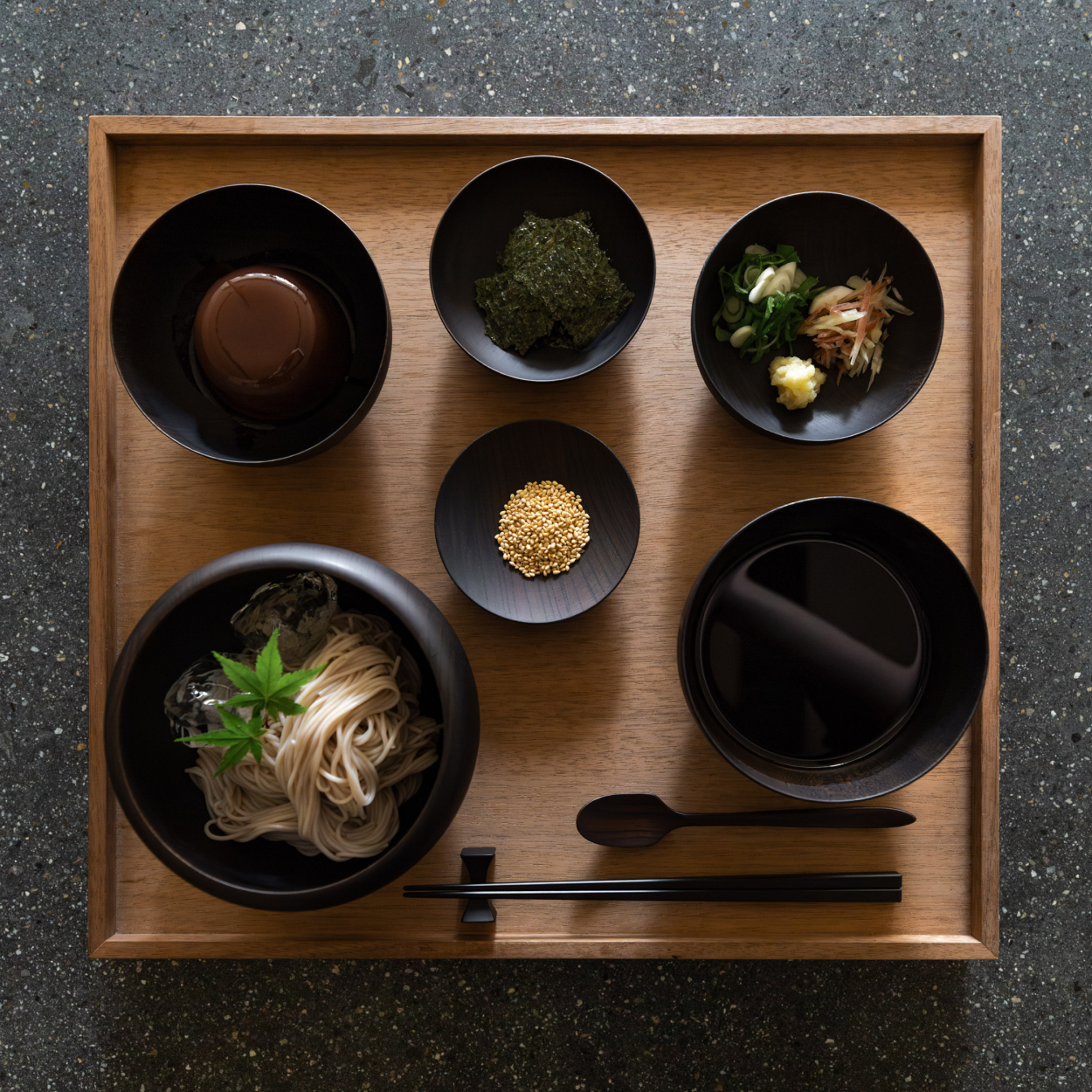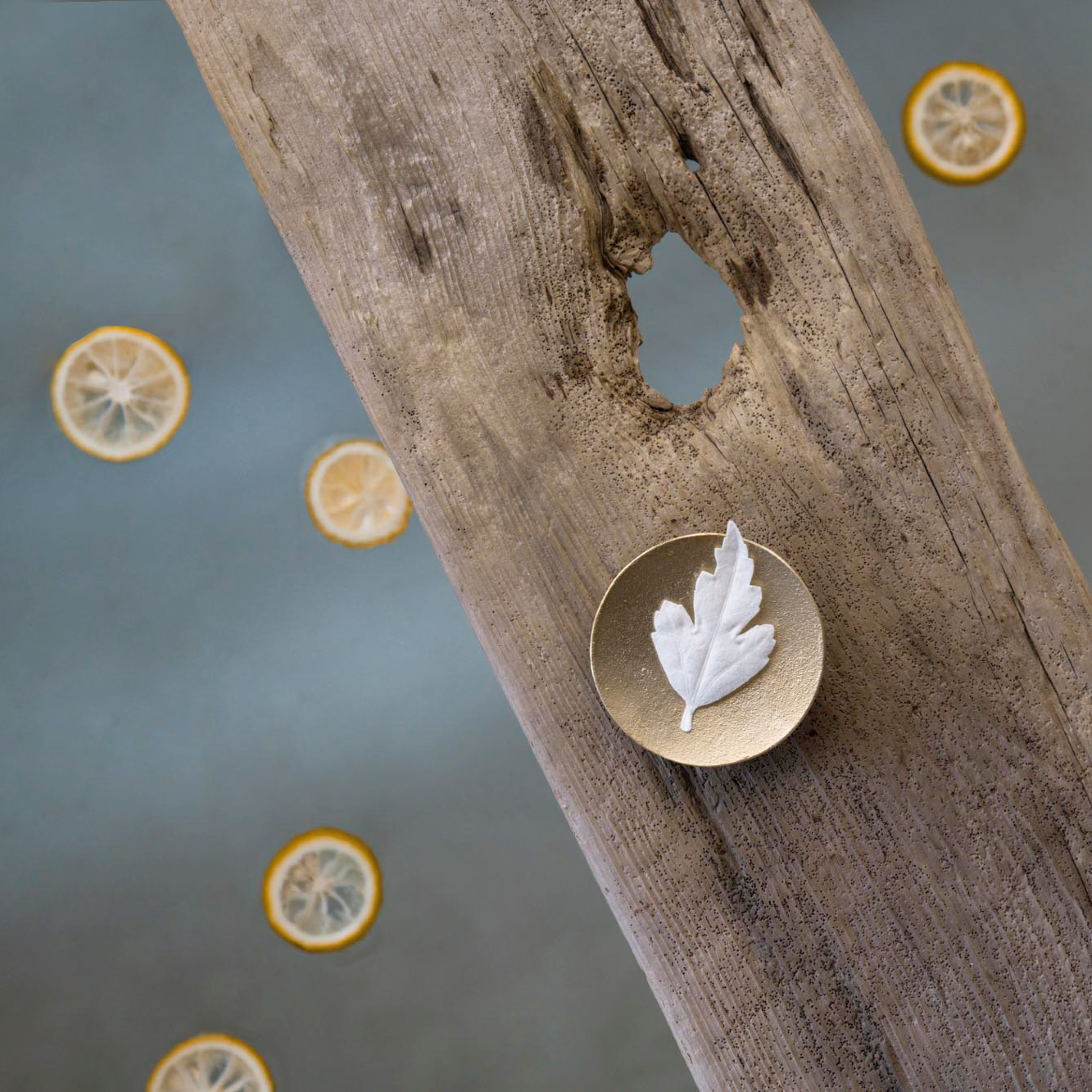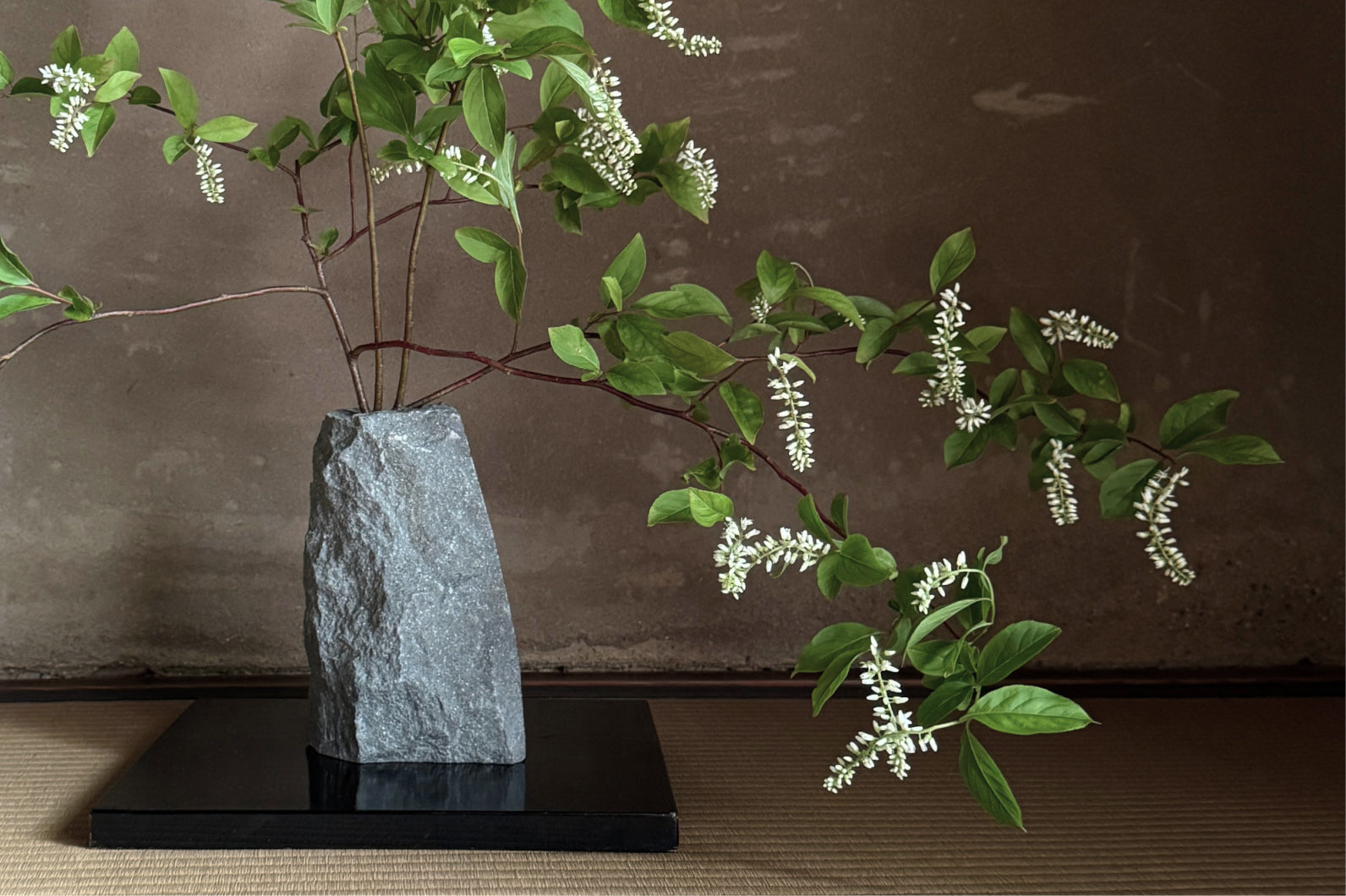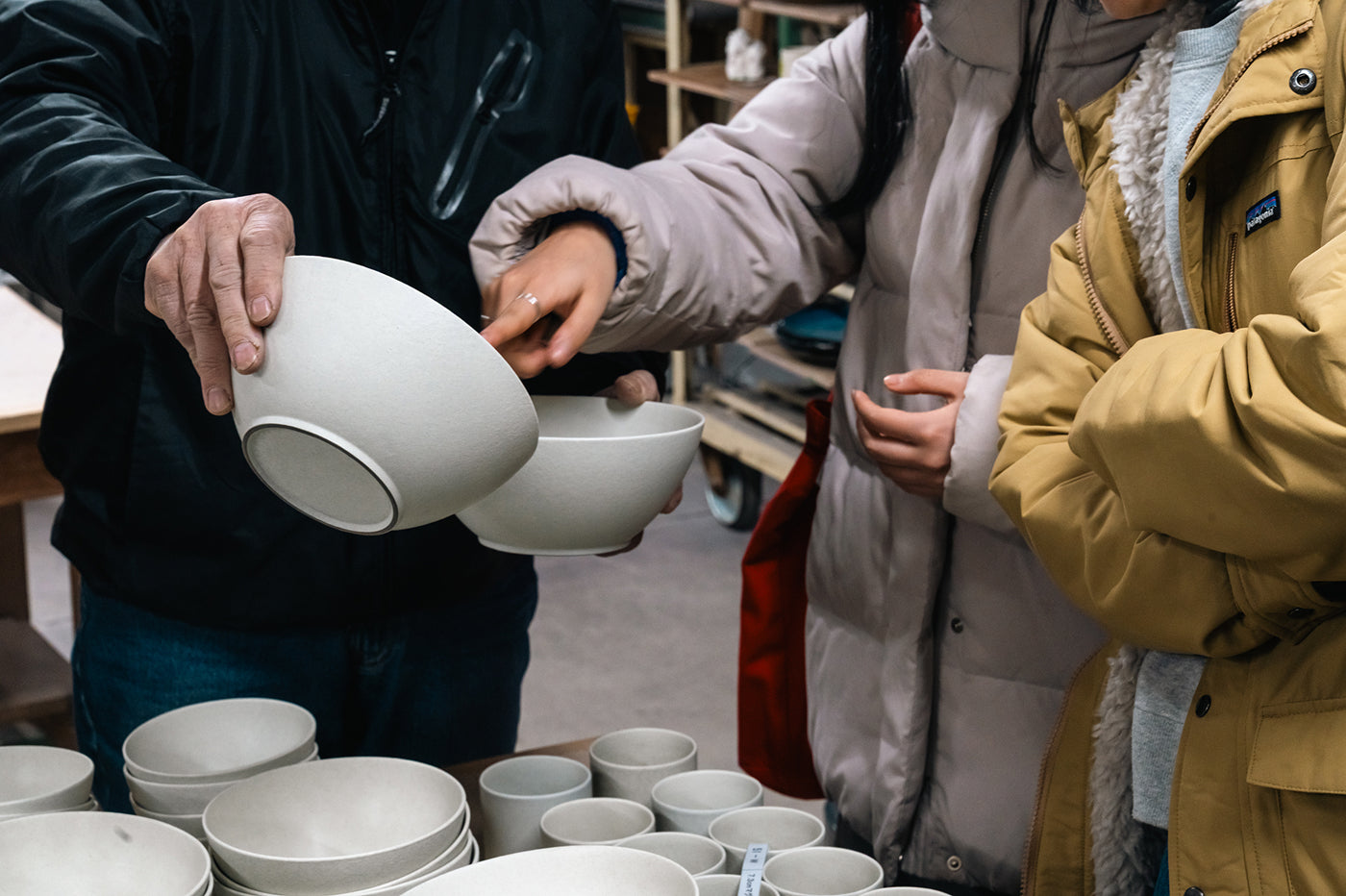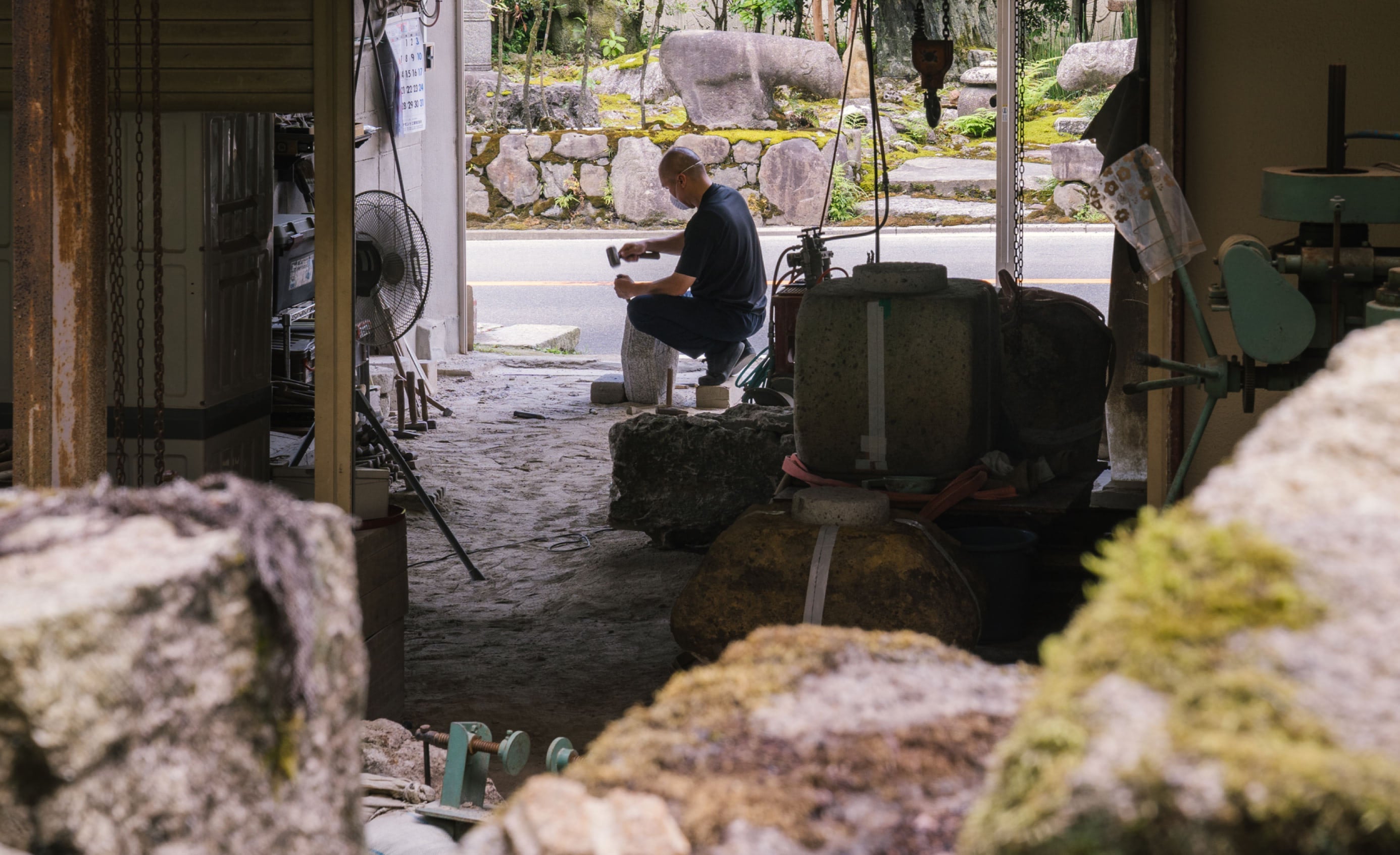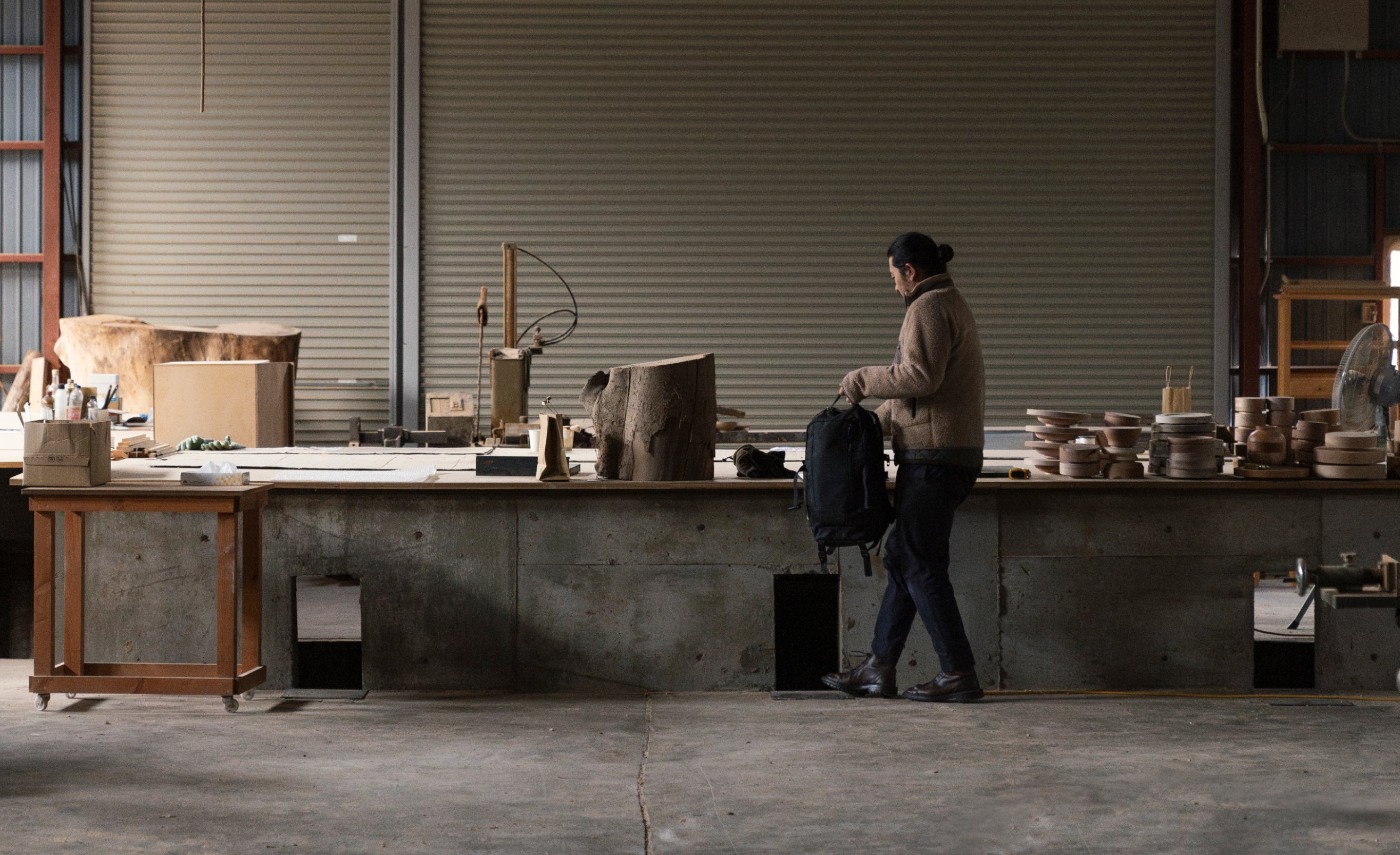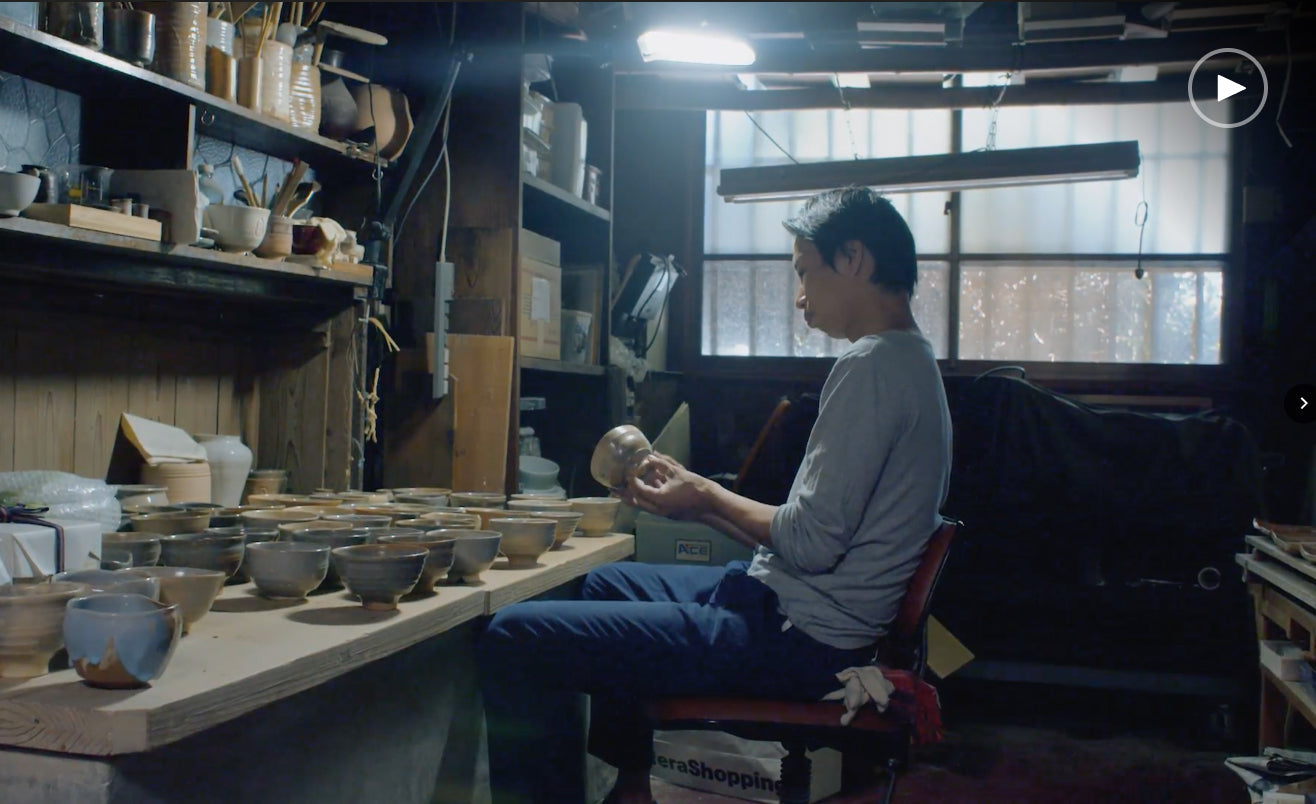Two years ago, we launched the Kintsugi Kit with the hope that anyone, no matter where they are in the world, can celebrate the unique story of the wares that make their house a home. Kintsugi is a sustainable and durable approach to tableware restoration.
KINTSUGI KIT

Our best-selling Kintsugi Kit is the perfect starter pack for those interested in authentic kintsugi repair, rooted in traditional Japanese urushi lacquerwork that has a history of over 9000 years. Urushi and gold are 100% natural materials and thus results in a fully food-safe repair.
What's in the Kintsugi Kit:
-
Kiurushi: Raw urushi that strengthens and binds
-
Eurushi: Red urushi smoothes and seals
-
24k Gold Powder: To highlight the breakage with a shiny finish
-
Tonoko Powder: Whetstone to fill nooks and crannies
-
Sandpaper 600 & 1500: To sand and polish the urushi after each layer
-
Gloves x2 pairs: To protect your hands from urushi as it may irritate your skin
-
Brushes 2 types: One for urushi and another for gold powder
-
Spatula x1: To combine ingredients when making mugi urushi and sabi urushi
-
Masking tape x1: To protect (particularly unglazed) surfaces from urushi
While it heavily depends on each person's technique and the size of breakage, the Kintsugi Kit includes enough gold to repair approximately:
-
Chip
-
8 small-sized chips
-
6 medium-sized chips
-
-
Crack or break
-
One small-sized (10cm) plate
-
Half of a medium-sized (15cm) plate
-
One-third of a large-sized (20cm) plate
-
24k gold and silver powder can be purchased as needed, but our Advanced Kintsugi Kit is another option should you be looking to take your kintsugi experience to the next level.
ADVANCED KINTSUGI KIT

In addition to repairing small chips, or cracked and broken wares, now you're able to repair your pieces with larger missing fragments too. We've the most of the important tools necessary to enhance the repair process.
What's in the Advanced Kintsugi Kit:
-
Kiurushi: Raw urushi that strengthens and binds
-
Eurushi: Red urushi smoothes, seals, and serves as the ideal foundation for a gold finish
-
Kuroroiro: Black urushi smoothes, seals, and serves as the ideal foundation for a silver finish
-
Plastic spatula: To combine ingredients when making mugi urushi, kokuso urushi, sabi urushi
-
Tonoko powder: Whetstone to fill nooks and crannies
-
Kinoko: Zelkova wood powder to to fill a large chips / missing fragments
-
Thin brush: For fine outer edges
-
Flat brush: For larger surfaces
-
Yellow brush: To gently place the gold or silver powder over the repair
-
24k Gold powder: Compared the the regular Kintsugi Kit, we've included double the amount of gold powder
-
Sandpaper 400, 600, and 1500: To sand and polish the urushi after each layer
-
Gloves x 2 pairs: To protect your hands from urushi as it may irritate your skin
-
Masking tape: To protect (particularly unglazed) surfaces from urushi
-
Mawata: Silk mawata cloth to polish the gold finish
-
Koshigami: Paper to filter eurushi from any potential particles
-
Bamboo skewer: To make your own tool to place mugi urushi, kokuso urushi, sabi urushi on your ware
-
Dropper: To add small amounts of water when making kokuso urushi or sabi urushi
-
Diamond file: To make micro-grooves in the broken areas, to create more surface area for the urushi to adhere
-
Glass palette: For all ingredients
-
Spoon: To scoop flour, kinoko, and tonoko
As you can see, it's a much more robust offering. Again, while it heavily depends on each person's technique and the size of breakage, the Advanced Kintsugi Kit includes enough gold to repair approximately:
-
Chip
-
16 small-sized chips
-
12 medium-sized chips
-
6 large missing fragments
-
-
Crack or brake
-
2 small-sized (10cm) plates
-
1 medium-sized (15cm) plate
-
Two-thirds of a large-sized (20cm) plate
-
Repairing tableware and enjoying its new look as you pair it with your favorite seasonal recipes, is one of the most humbling and pleasurable experiences.
